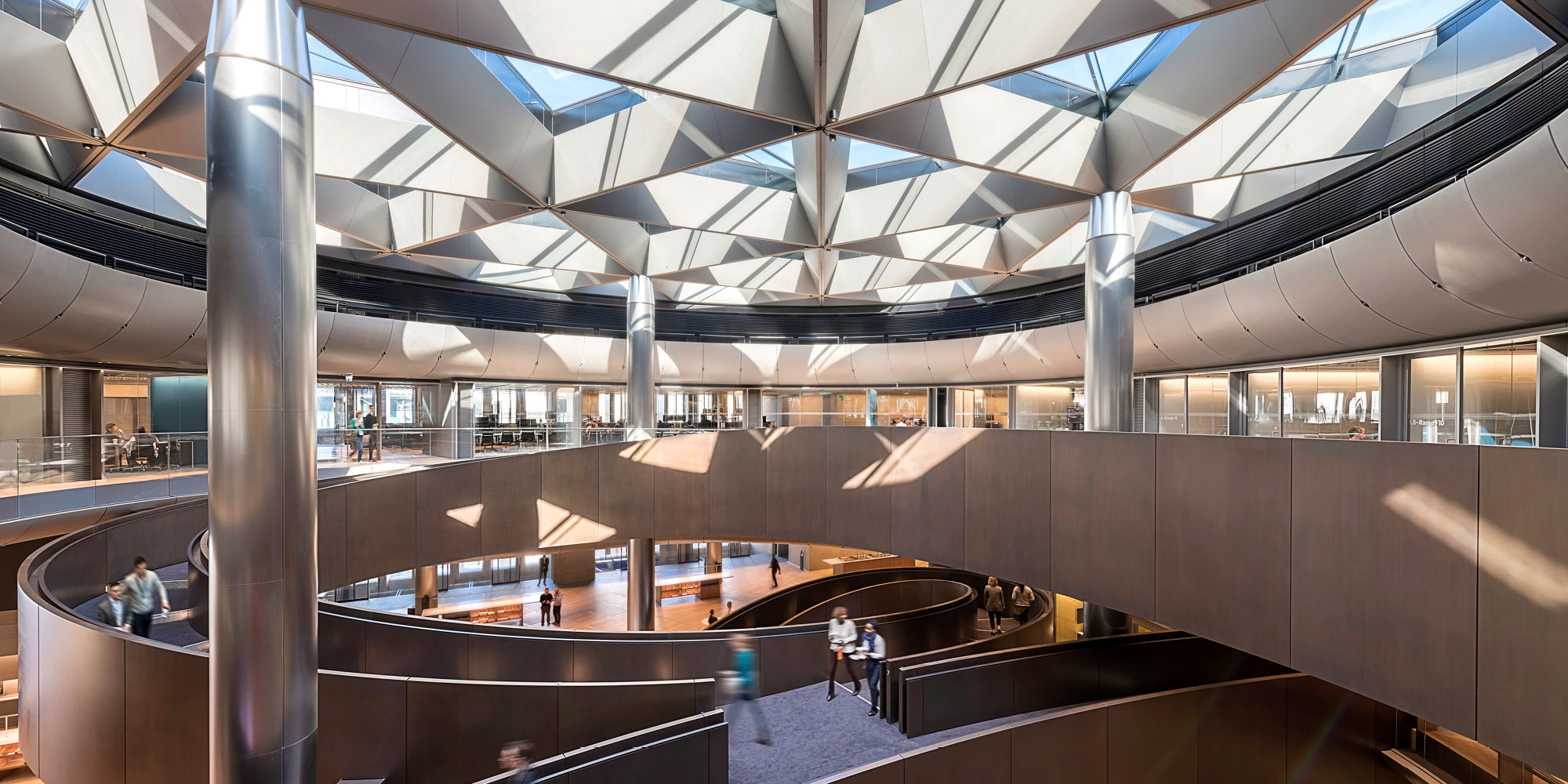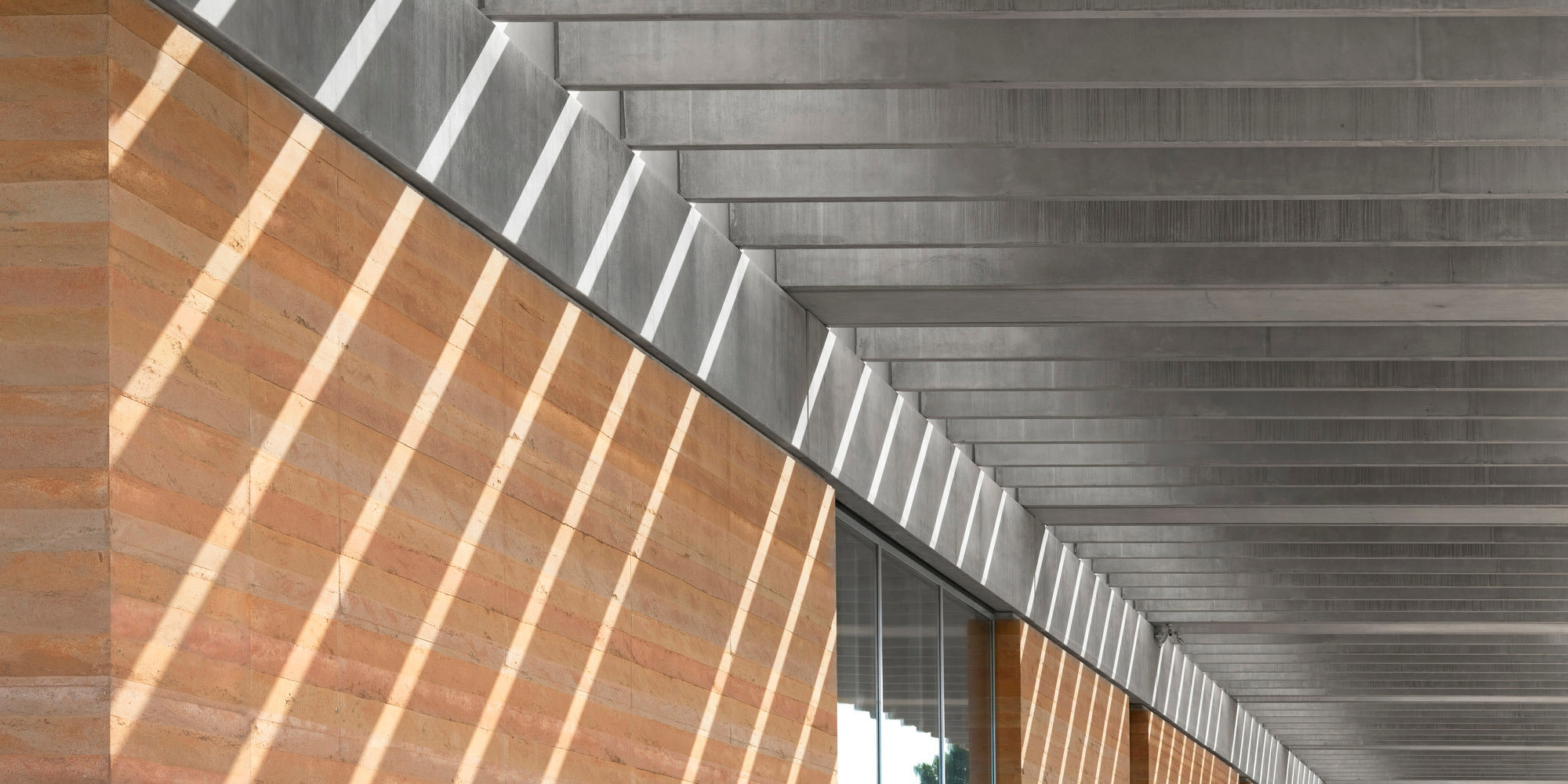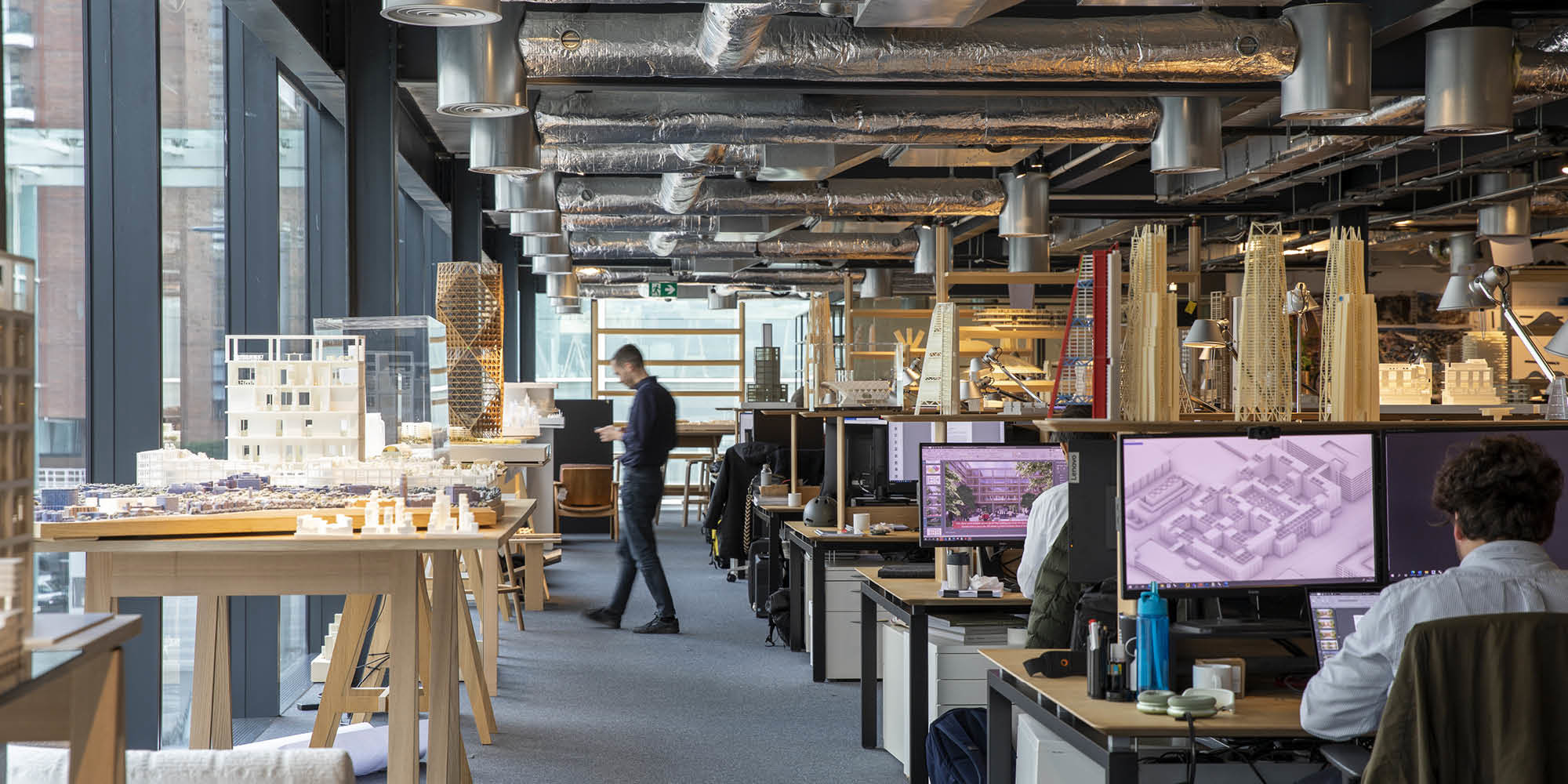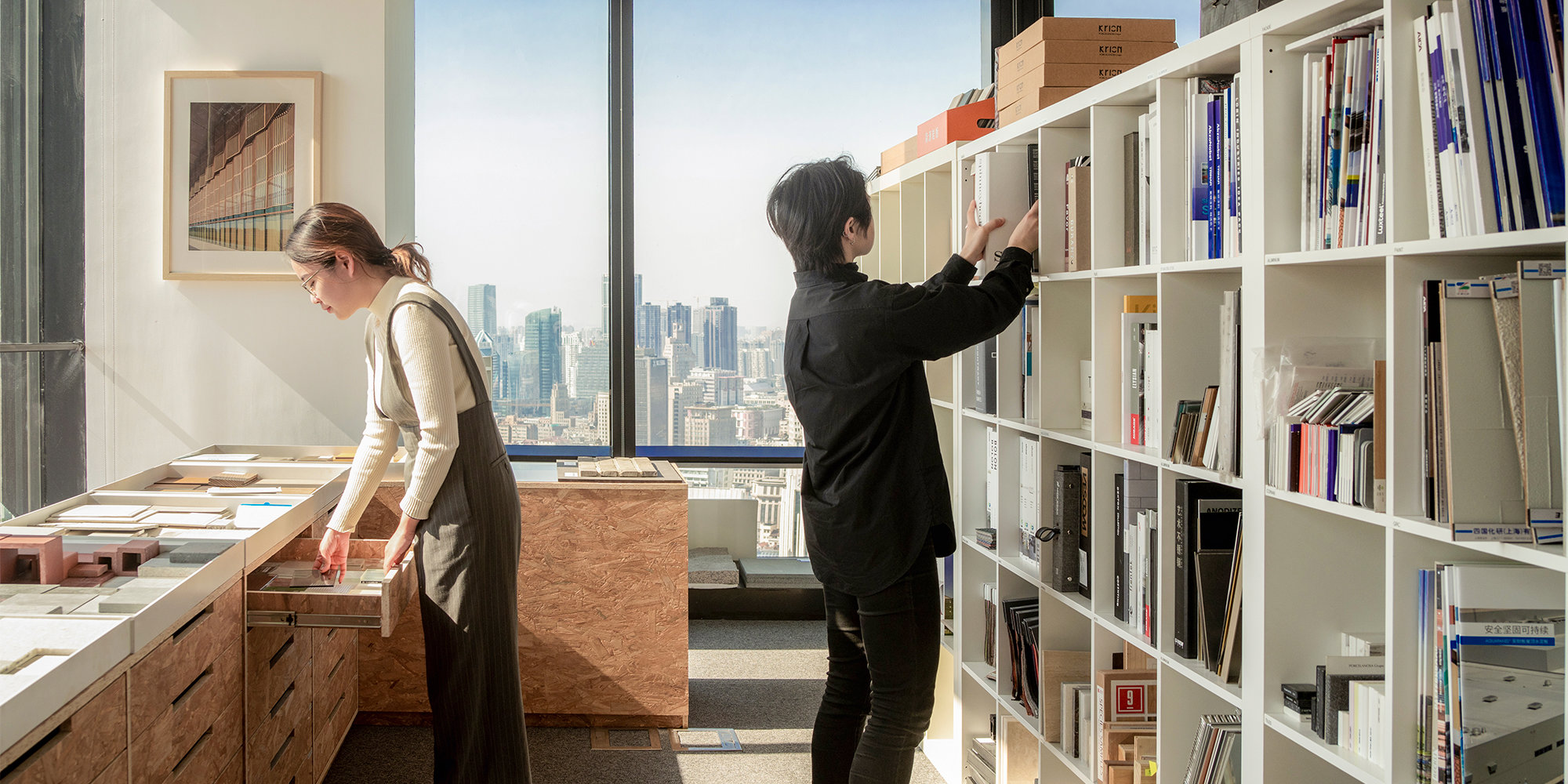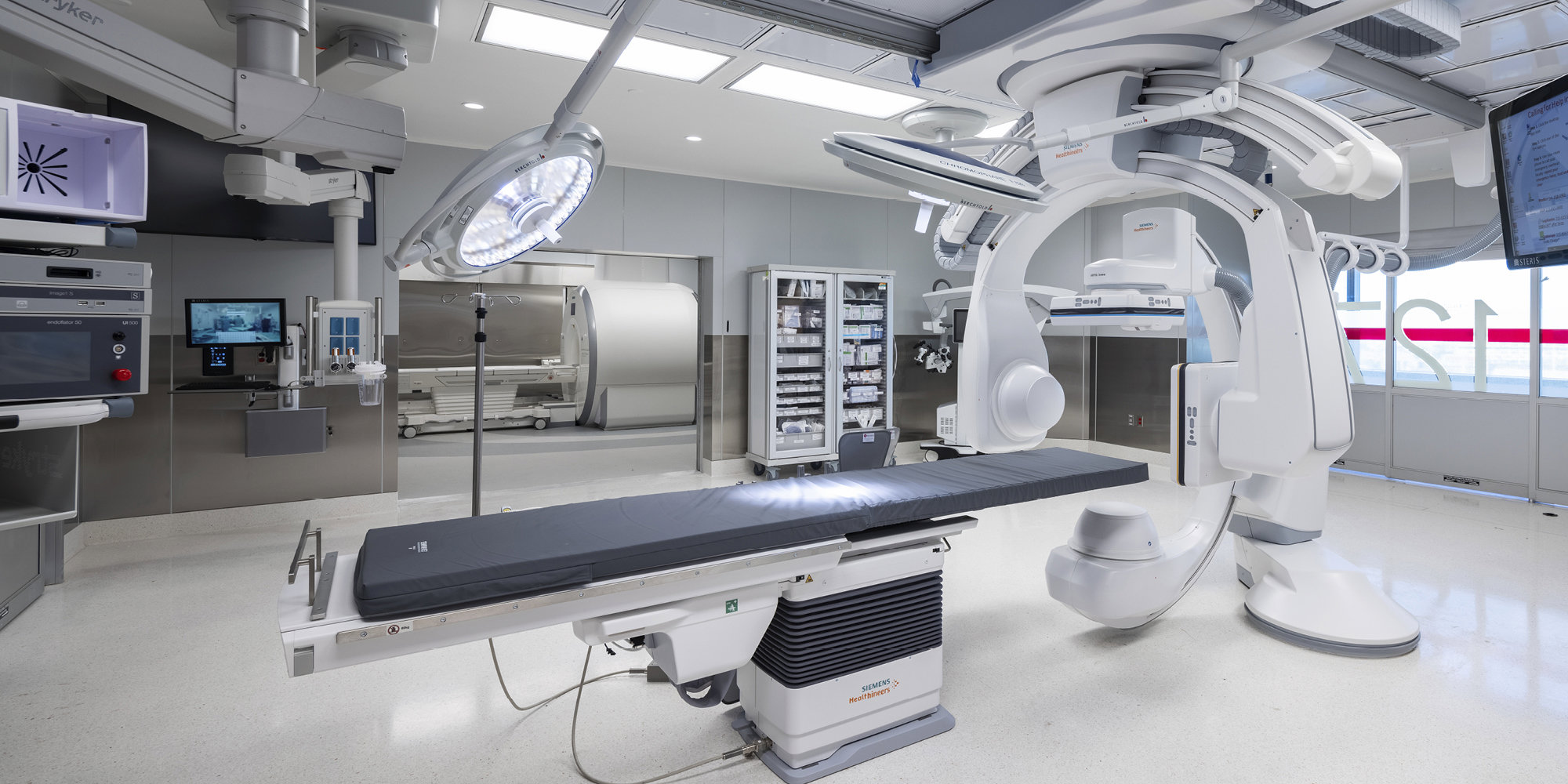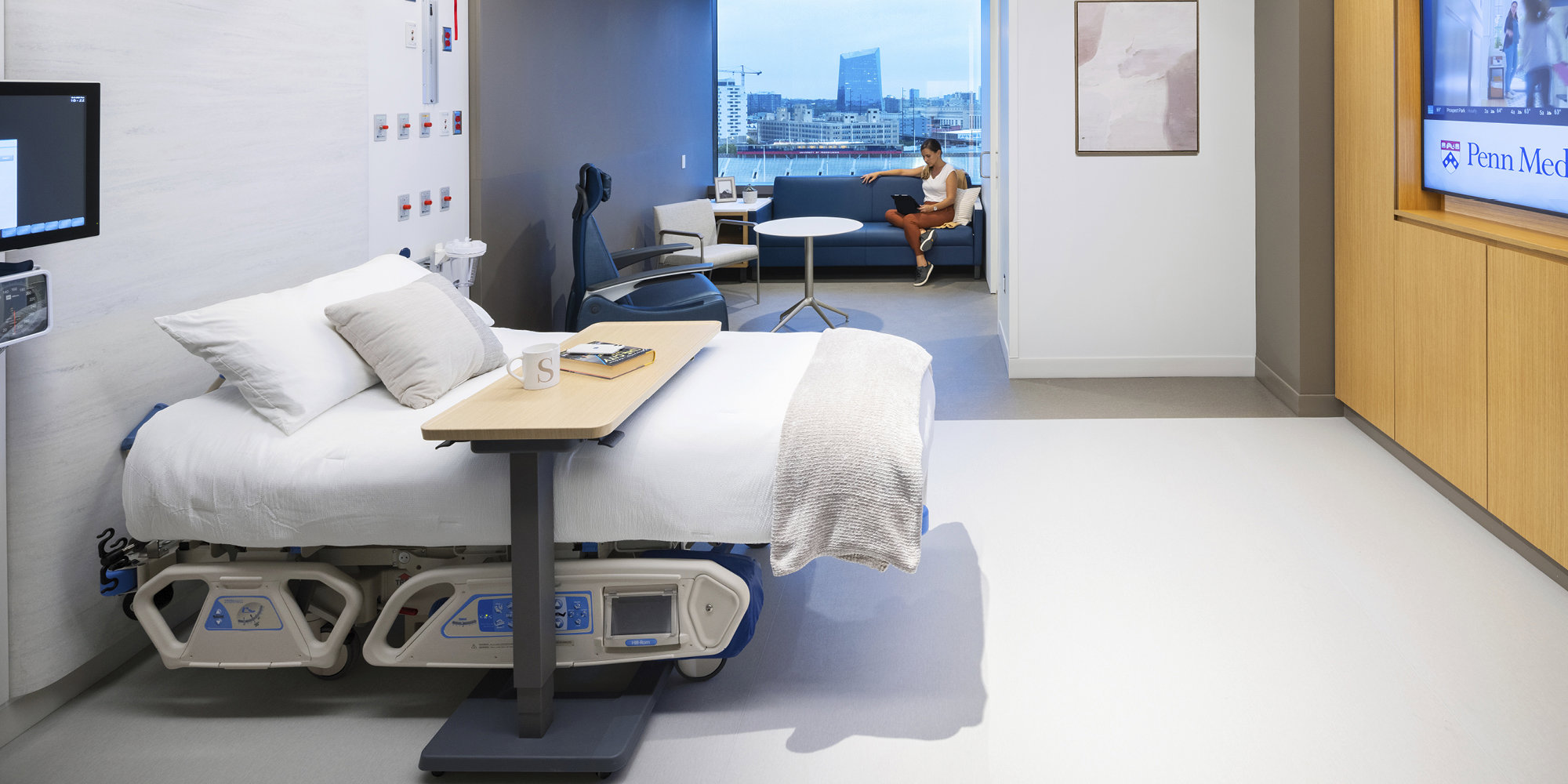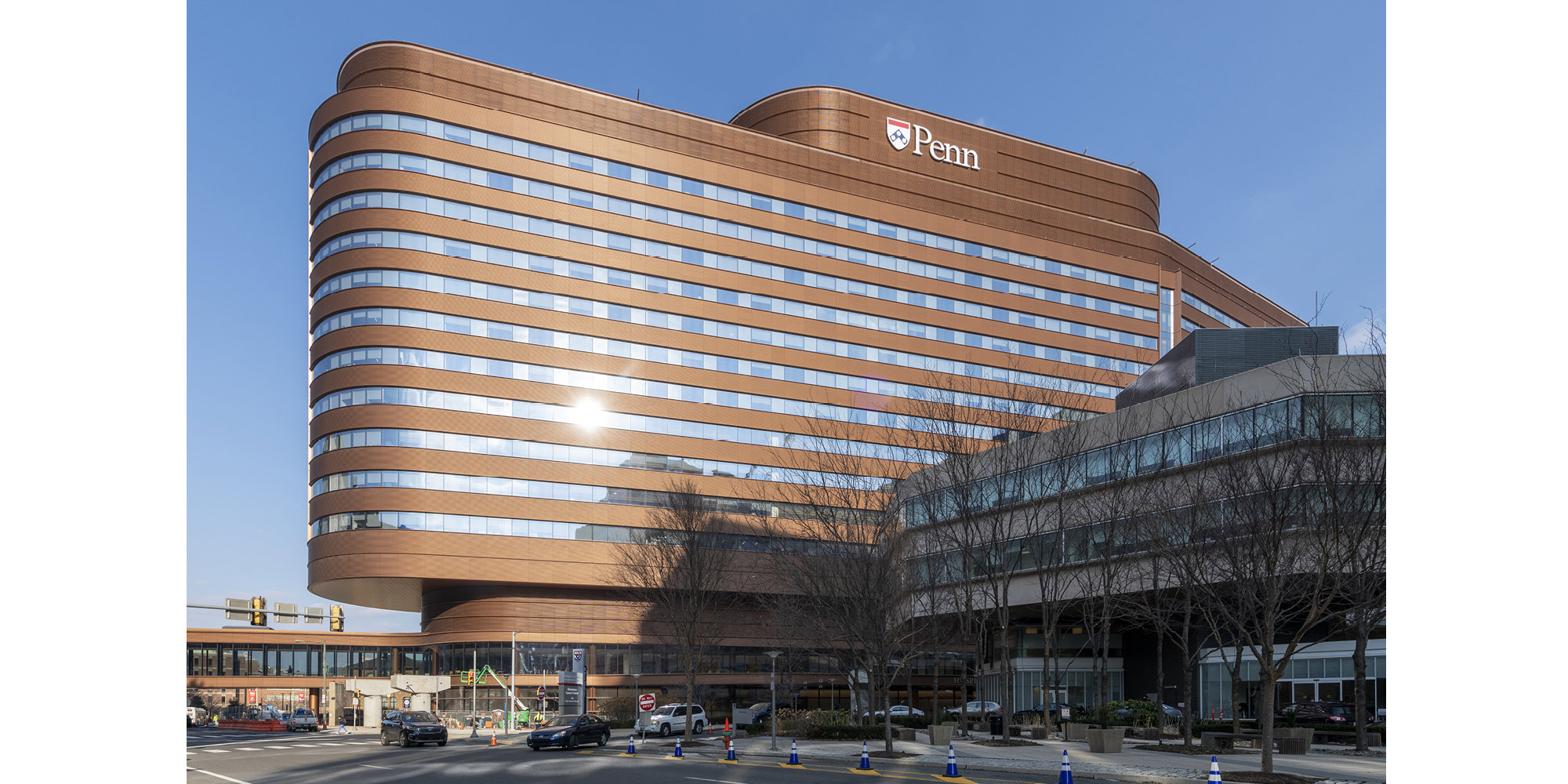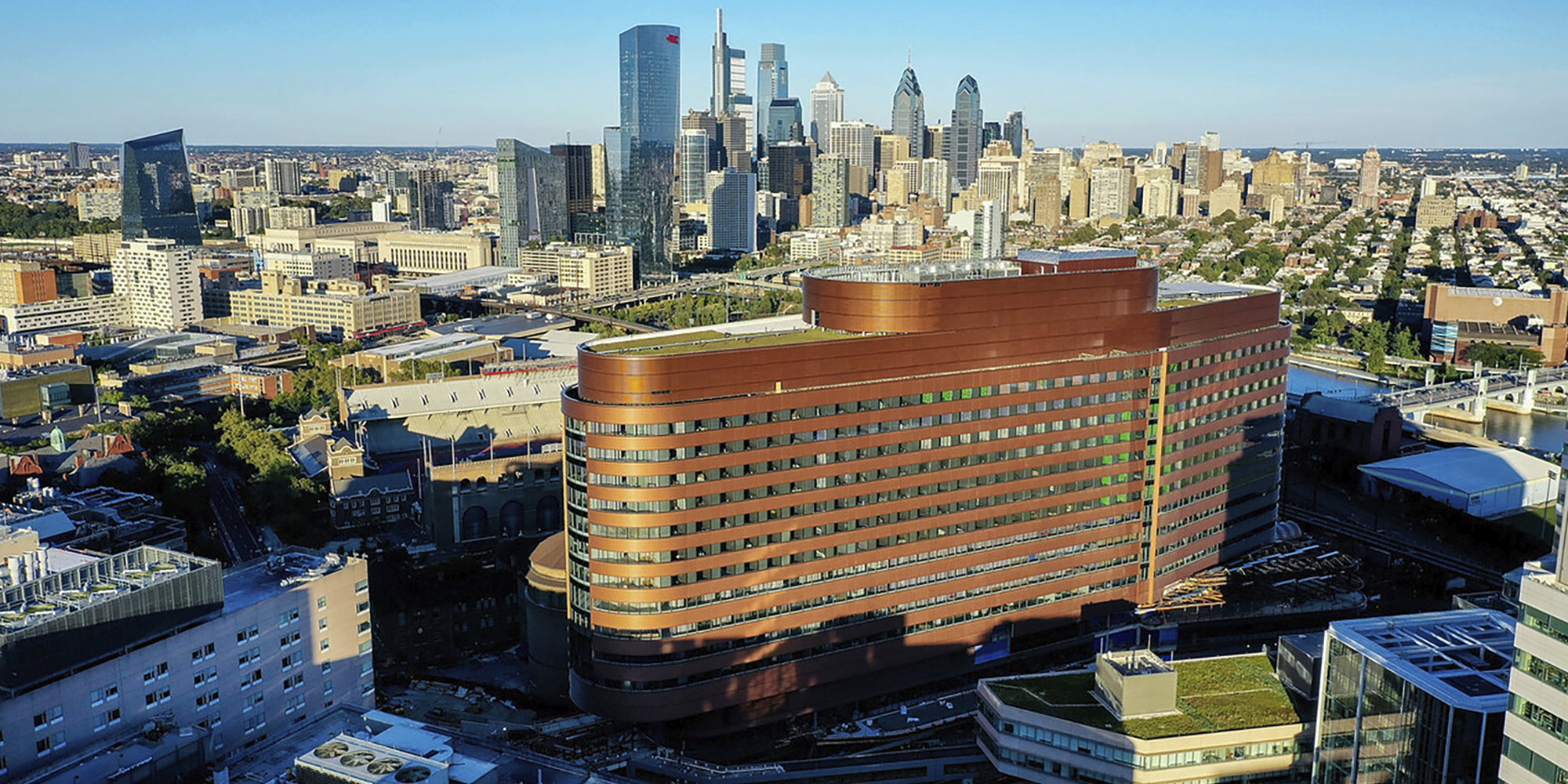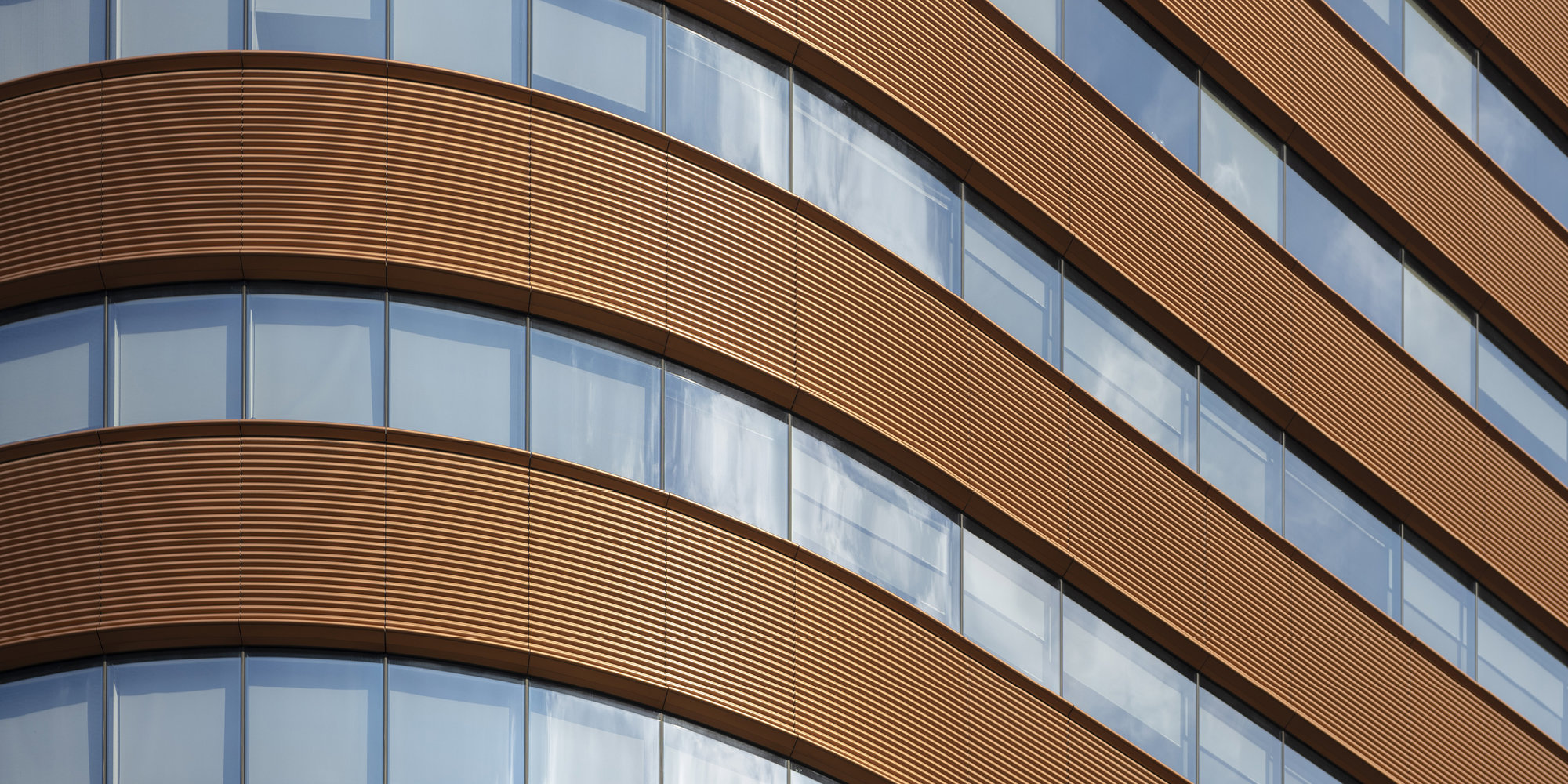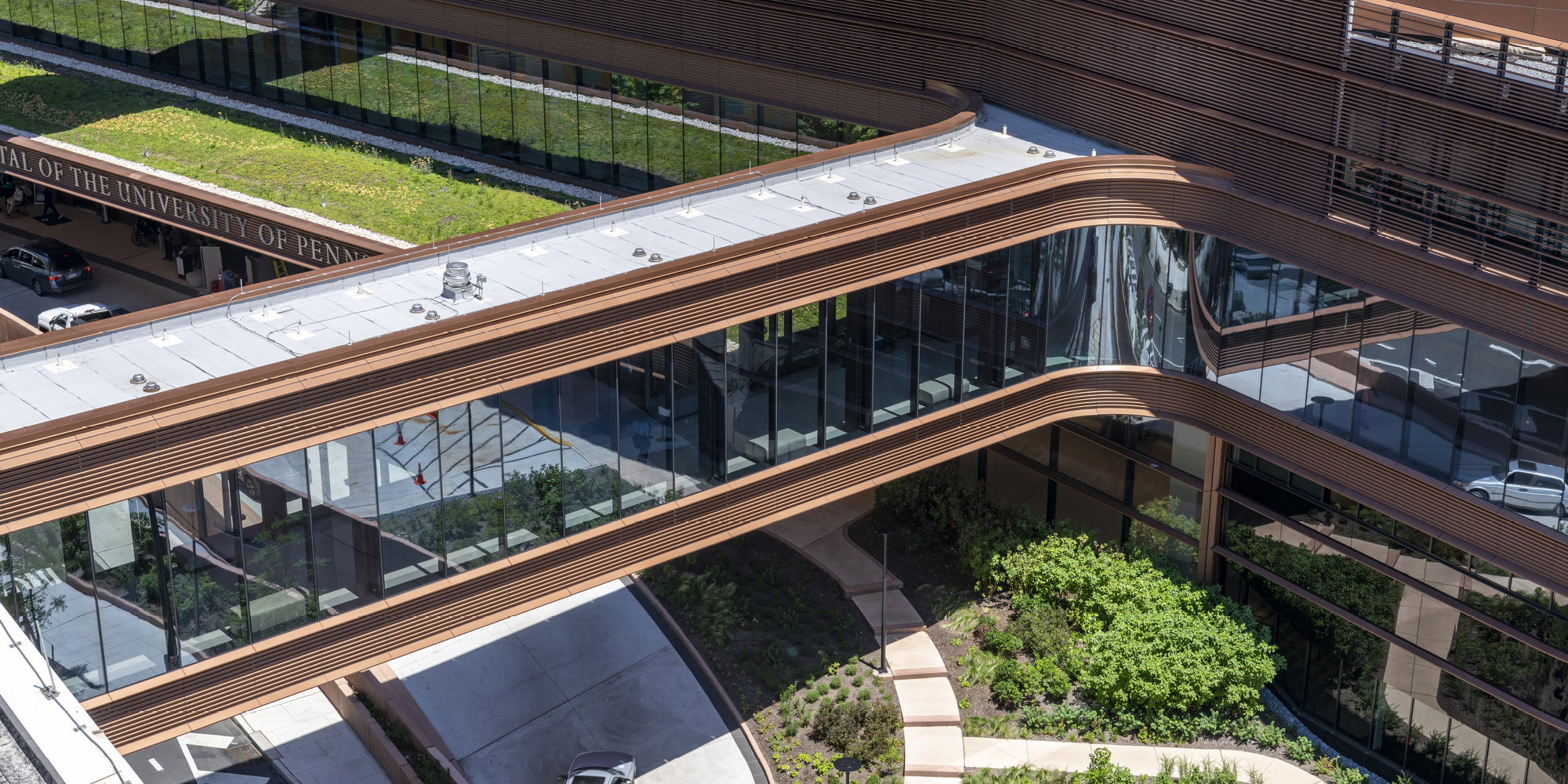The Clifton Center for Medical Breakthroughs serves as a blueprint for the ‘hospital of the future’, with a focus on patient experience and comfort, providing the most cutting-edge medical care in the world. Since opening its doors in October 2021, its medical teams have cared for tens of thousands of patients within a building that serves as a new landmark for the university’s medical campus.
Learn more about one of the practice’s latest healthcare projects in the USA, from how prefabrication helped accelerate the construction process to its helipad that has helped transfer more than 4,000 critically ill patients to date.
